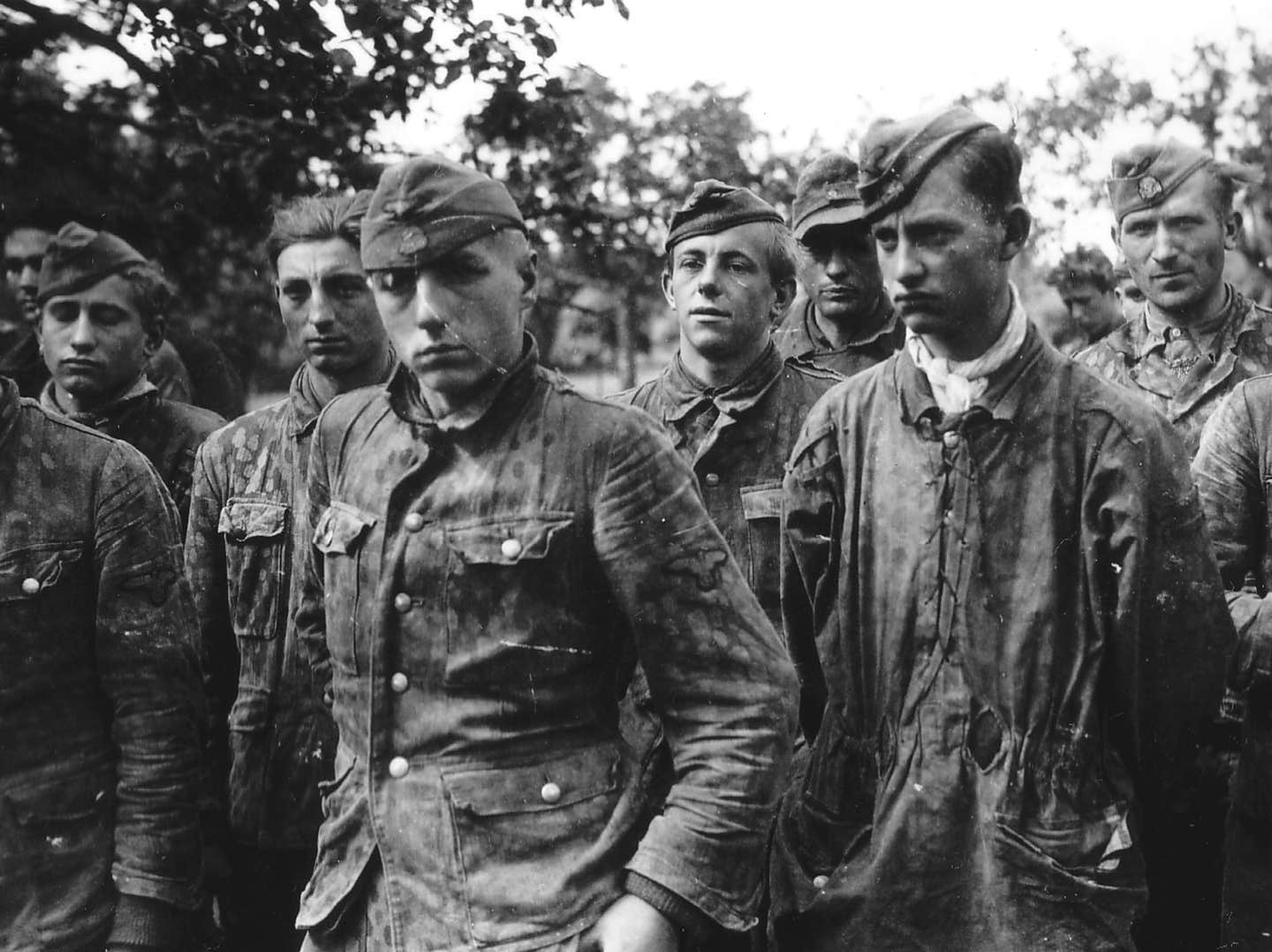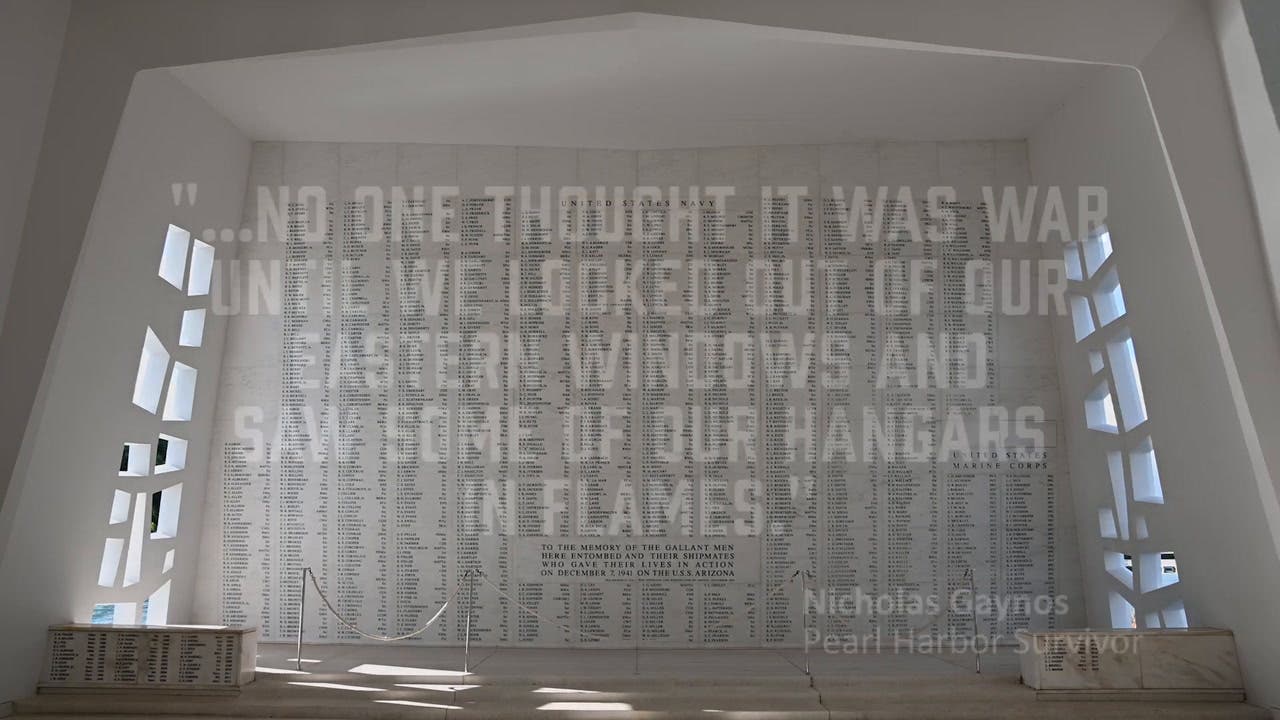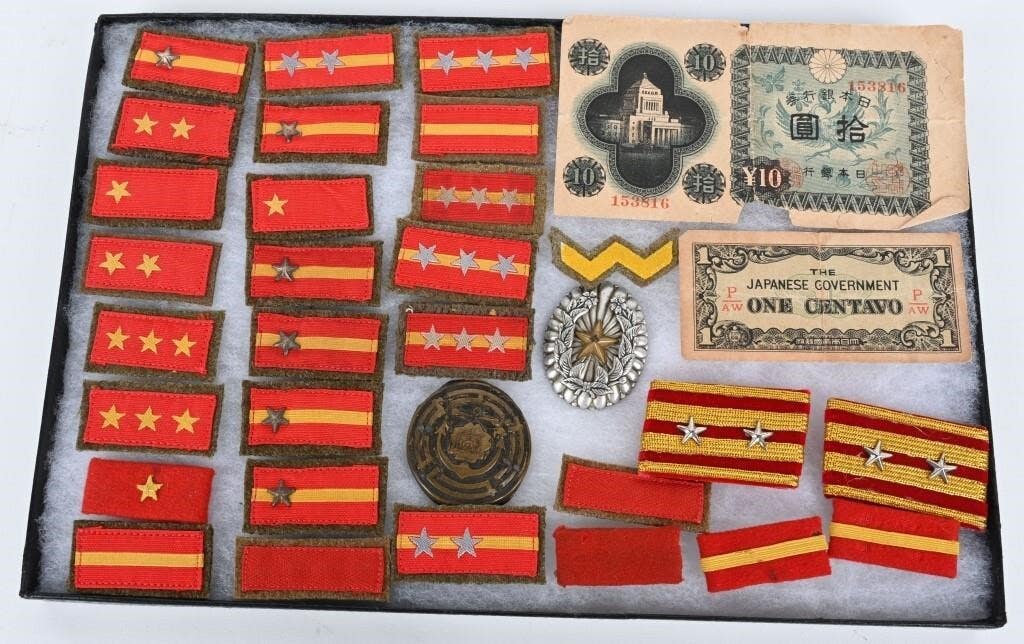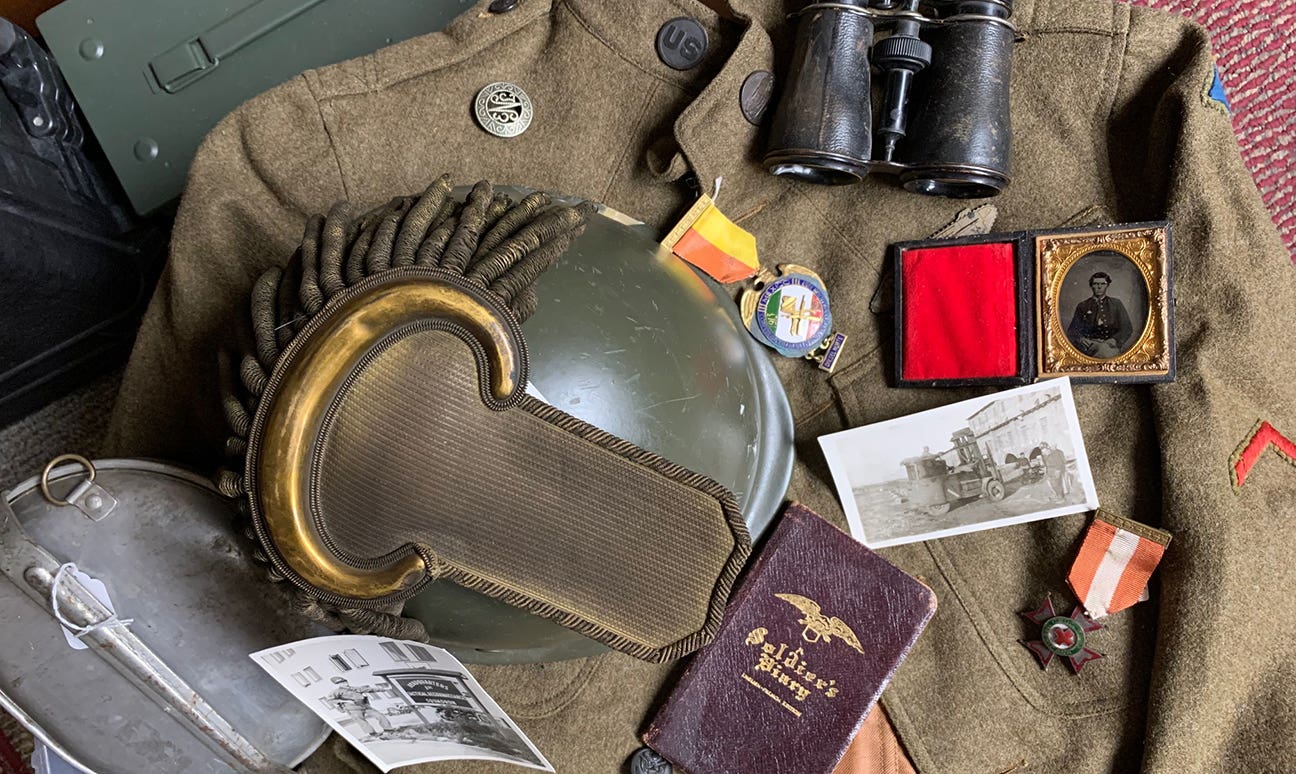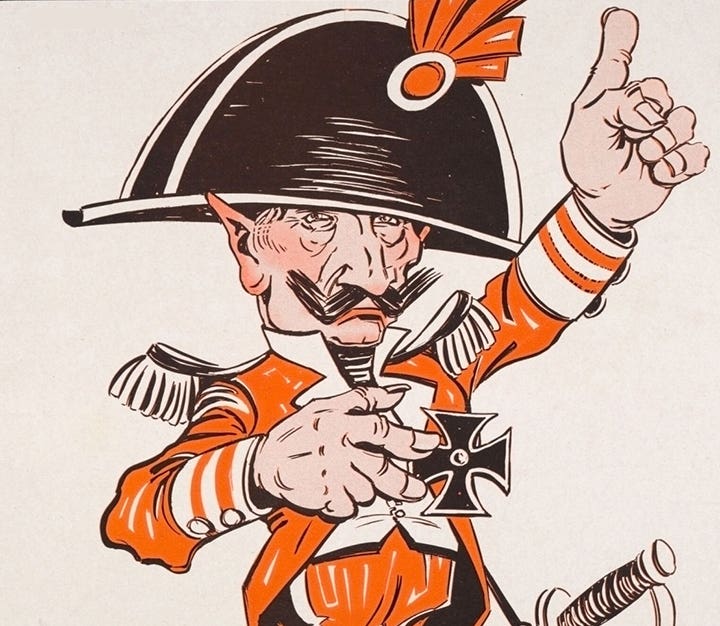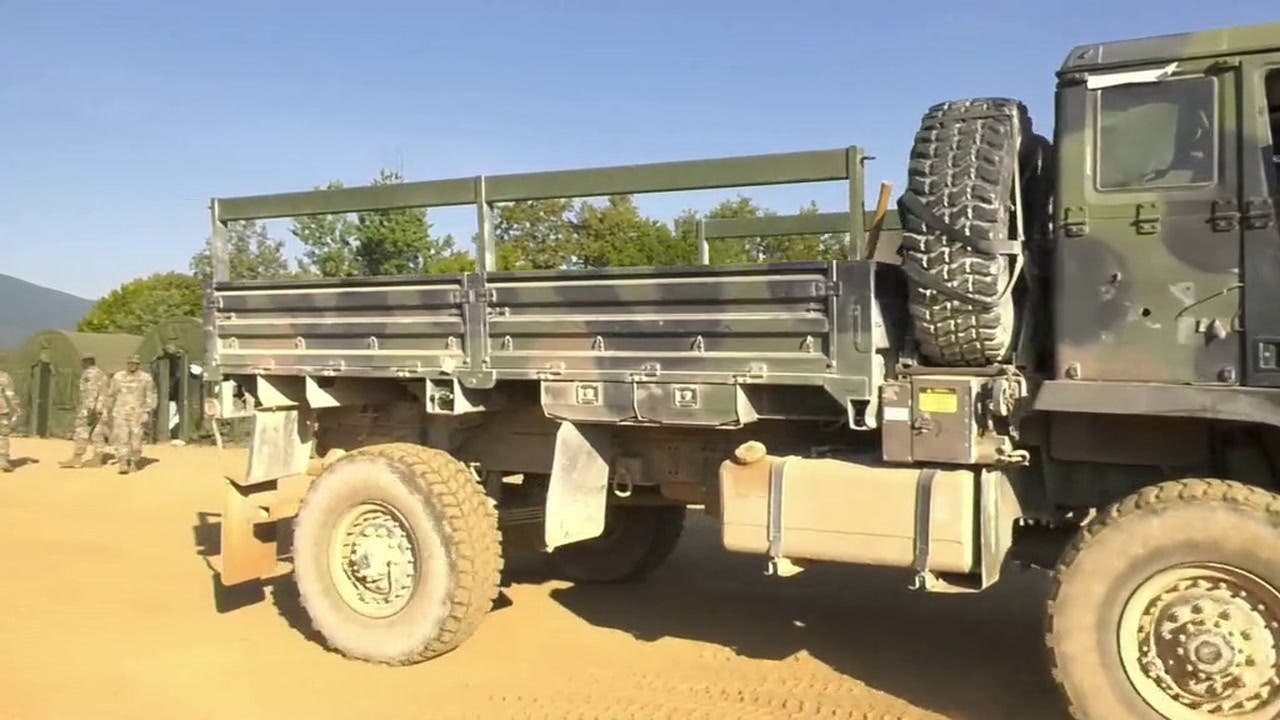What’s the Price of History?
THE PRICE OF HISTORY? Too often, I hear collectors or read comments on forums about the ethics of making a profit off of historical memorabilia or vehicles. Most often, these…
THE PRICE OF HISTORY?
Too often, I hear collectors or read comments on forums about the ethics of making a profit off of historical memorabilia or vehicles. Most often, these comments are made by buyers of historic relics who feel that the dealers are somehow denigrating history by making a living through buying and selling its relics.
Generally, when I hear these arguments, I just roll my eyes and chalk it up to some very naïve interpretations of who is entitled to “own” historic memorabilia. If forced to comment, I generally shrug my shoulders and say, “What price can you put on history?” Until today, that was a rhetorical question.
THERE IS A PRICE — $69 MILLION
While scanning the news today for history-related tidbits I thought might be of interest to collectors, this headline jumped out at me:
“Renaming of Los Angeles Memorial Coliseum Honoring WWI Vets Criticized”
Well, that caught my attention! After all, the Los Angeles Memorial Coliseum is the largest WWI memorial in California. I had to learn more.
Here is a bit of back-story on the AP article:
In 2018, the University of Southern California (USC). sold the naming rights of Los Angeles Memorial Coliseum as part of a $270 million renovation project. The price? $69 million. The problem? The Los Angeles Memorial Coliseum is a war memorial.
The City of Los Angeles commissioned the Coliseum in 1921 as a memorial to Los Angeles veterans of World War I (it was later rededicated in 1968 to all 4.7 million Americans who served in the war). The official groundbreaking ceremony took place on December 21, 1921. Designed by John and Donald Parkinson, it cost Los Angeles $954,873 to build the Coliseum — finished a little more than 16 months later, on May 1, 1923.
When the Coliseum opened in 1923, it was the largest stadium in Los Angeles with a capacity of 75,144. In 1930, however, with the Olympics due in two years, the stadium was extended upward to seventy-nine rows seats with two tiers of tunnels, expanding the seating capacity to 101,574. The now-signature Olympic torch was added.
In fact, for a time it was known as Olympic Stadium. The Olympic cauldron torch that burned through both Games remains above the peristyle at the east end of the stadium as a reminder of this — as do the Olympic rings symbols over one of the main entrances. In the mid to late 1950s, the press box was renovated and the "Los Angeles Memorial Coliseum" lettering and Olympic rings (lighted at night) were added to the eastern face of the peristyle tower. Between the double peristyle arches at the east end is the Coliseum's "Court of Honor" — plaques recognizing many of the memorable events and participants in Coliseum history, including a full list of 1932 and 1984 Olympic gold medalists.
At a 2017 commemoration of the United States’ entry into WWI, LA Memorial Coliseum Commission Chief Administrative Officer Robert Osborne summarized the deep symbolism of the Coliseum to the community, “For many decades after the Memorial Coliseum was built, it served as the city’s main gathering place for patriotic observances in addition to serving as the greatest stadium in the world. Today, the Memorial Coliseum once again serves as a historic site not just for Independence Day, but also for Memorial Day, Veterans Day and other historic observances.”
SO HOW DID IT GO “COMMERCIAL?”
Up through the Centennial of WWI, it appeared Los Angeles recognized the deep historic meaning of the Coliseum. That is, until the Los Angeles Memorial Coliseum Commission gave its blessing to University of Southern California (USC) to rename the Memorial. The Commission, which consists of six voting members appointed by the three ownership interests (City of Los Angeles, County of Los Angeles, and the State of California), meets on a monthly basis to provide public oversight of the master lease agreement with University of Southern California (USC).
Under the lease, USC has day-to-day management and operational responsibility for both the Coliseum and Banc of California Stadium properties. In July 2013, USC gained the master lease of the Coliseum after the previously governing owner Coliseum Commission failed to deliver on promised renovations.
The agreement requires the University to make approximately $100 million in physical repairs to the Coliseum, pay $1.3 million each year in rent to the State of California for the state-owned land the Coliseum property occupies in Exposition Park, maintain the Coliseum's physical condition at the same standard used on the USC campus, and assume all financial obligations for the operations and maintenance of the Coliseum and Banc of California Stadium Complex.
So, On October 29, 2015, USC unveiled an estimated $270-million project for a massive renovation and restoration the Coliseum. The upgrades included: replacing all seats in the stadium, construction of a larger and modern press box (that contains new box suites, premium lounges, a viewing deck, V.I.P. section and introduction of LED ribbon boards), adding new aisles and widening some seats, a new sound system, restoration and renaming of the Peristyle (soon to be called the Julia and George Argyros Plaza), stadium-wide Wi-Fi, two new high-definition videojumbotrons and scoreboard, new concession stands, upgraded entry concourses, new interior and exterior lighting, modernization of plumbing and electrical systems, and a reduction in capacity of about 16,000 seats, with the final total at approximately 78,500 seats.
Apparently, in an effort to help pay for this expansion, USC sold the Coliseum’s naming rights to United Airlines, Inc. on January 29, 2018. The sale required that “Memorial Coliseum” be retained in the name by the condition of the Coliseum Commission's requirement in its master lease agreement with the University.
Which nearly brings us up to date.
The AP article that appeared last week, however, quoted Los Angeles County Supervisor Janice Hahn who wrote in the Los Angeles Times, "Unlike other modern sports venues, Los Angeles Memorial Coliseum is not just a stadium — it is a war memorial. Removing ‘Los Angeles’ and replacing it with a corporate sponsor insults the memories of those the Coliseum was intended to honor.”
Stephen Peck, a Vietnam War veteran and president of the nonprofit U.S. Vets told the LA Times, “It’s a real slap in the face to the 116,000 killed in World War I. If someone wanted to buy the naming rights to the Vietnam Veterans Memorial, it would cause an uproar. This is no different.”
Hahn concluded, "Throughout it all, Los Angeles has never broken faith with the Coliseum’s dedicatory purpose,” she wrote. “We’ve never messed with its name, which resides in the National Register of Historic Places — Until now.”
With the pressure mounting from veterans groups as well as the new president of the Coliseum Commission, USC announced on March 29, 2019, that their deal with United Airlines would be modified, but first informed everyone that its contract to improve and operate the Coliseum through 2111 included a naming sponsorship as long as the words “Memorial Coliseum” remained in the new name. In fact, the direct quote is, “The university’s commitment to veterans is longstanding and this naming rights agreement provides investment to make sure the historic venue is preserved for future generations and continues to honor veterans.”
The name will become United Airlines Field at Los Angeles Memorial Coliseum instead of the planned United Airlines Memorial Coliseum.
There, that should make everyone happy.
I guess I just woke up to the realization that history does have a price.
Preserve the Memories,
John Adams-Graf
Editor, Military Trader and Military Vehicles Magazine
John Adams-Graf ("JAG" to most) is the editor of Military Trader and Military Vehicles Magazine. He has been a military collector for his entire life. The son of a WWII veteran, his writings carry many lessons from the Greatest Generation. JAG has authored several books, including multiple editions of Warman's WWII Collectibles, Civil War Collectibles, and the Standard Catalog of Civil War Firearms. He is a passionate shooter, wood-splitter, kayaker, and WWI AEF Tank Corps collector.



